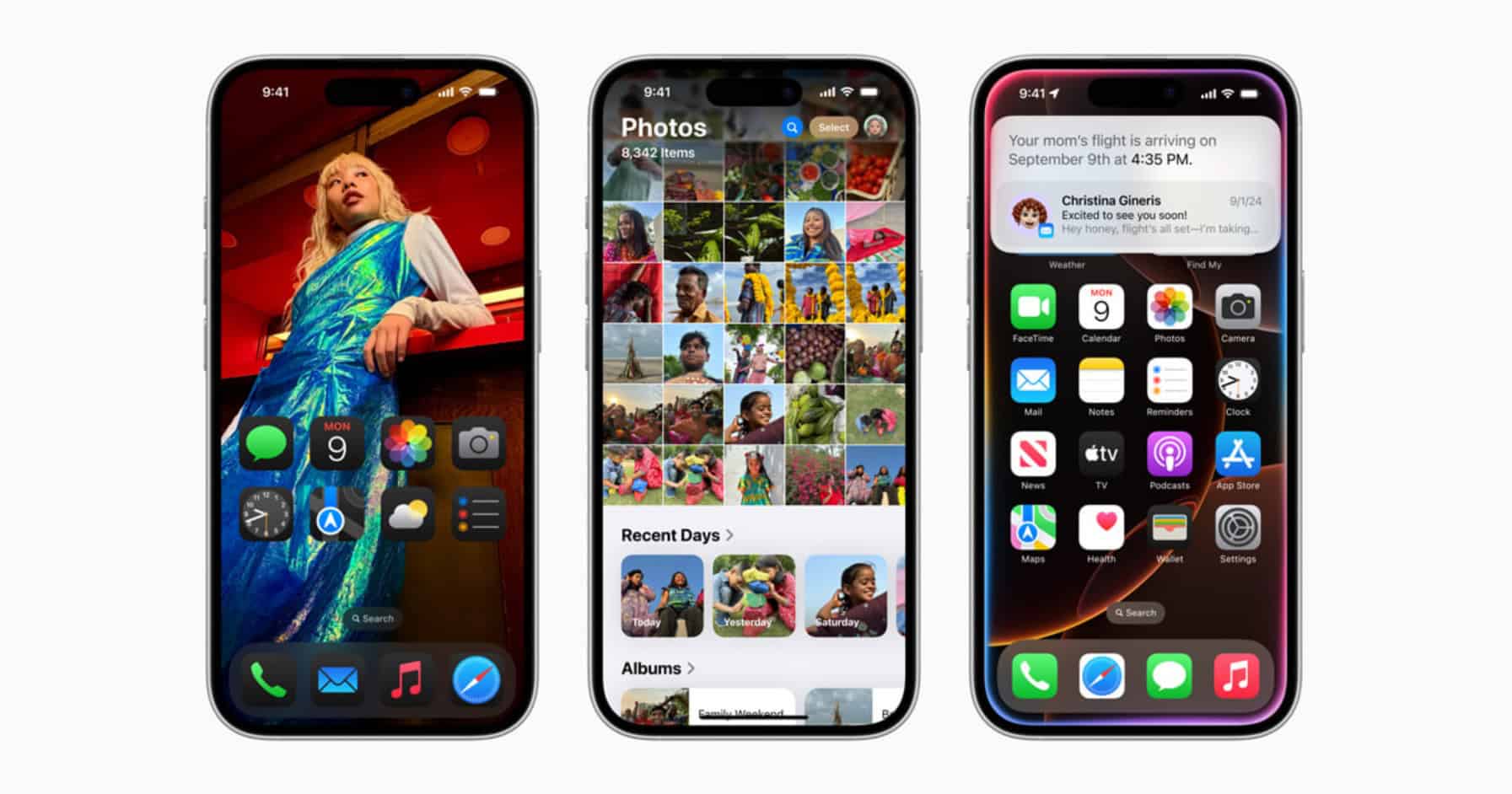Apple’s AirPods Pro have evolved beyond their initial role as premium wireless earbuds, now offering features that assist individuals with hearing impairments. This transformation was the result of a dedicated six-year development process, culminating in the integration of hearing aid functionalities into the AirPods Pro 2.
The Genesis of a Vision
The inception of this groundbreaking feature traces back to 2019 with the launch of the first-generation AirPods Pro. At that time, Apple began to explore the potential of these devices to serve as more than just audio accessories. The realization of this vision, however, required significant advancements in hardware capabilities.
The Pivotal Role of the H2 Chip
A critical milestone in this journey was the development of the H2 processor, introduced with the AirPods Pro 2 in 2022. This chip provided the computational power necessary to support sophisticated audio processing, enabling the implementation of hearing aid functionalities. According to Apple engineer Mary-Ann Bergeron, the H2 chip unlocked a level of computational power that we would not have been able to create the hearing feature without.
Comprehensive Hearing Health Features
The AirPods Pro 2 now offer a suite of features designed to support hearing health:
– Hearing Protection: The earbuds monitor ambient noise levels and alert users when they encounter potentially harmful sound intensities, providing real-time protection for their ears.
– At-Home Hearing Test: Users can conduct self-assessments of their hearing without the need to visit a clinician, offering a convenient and accessible option to monitor hearing health.
– Hearing Aid Functionality: Built-in microphones amplify and clarify speech, making everyday conversations easier to understand for those with mild to moderate hearing loss.
Development and Testing
The development of these features involved extensive research and testing. Apple’s Audio Lab in Cupertino, California, played a central role in this process. The lab houses advanced equipment, including anechoic chambers and sound simulation environments, enabling engineers to replicate real-world acoustic conditions. This meticulous setup allowed Apple to fine-tune features like Conversation Boost and Transparency mode in noisy environments.
Addressing a Public Health Concern
Hearing loss is a significant public health issue, affecting over 30 million American adults. Despite its prevalence, many individuals delay seeking treatment due to factors such as cost and stigma. Apple’s integration of hearing aid functionalities into a widely used consumer device aims to lower these barriers. Dr. Rajiv Kumar, an Apple physician-researcher, noted that about 75% of individuals with hearing loss never seek treatment. By offering hearing aid features in AirPods Pro 2, Apple hopes to encourage earlier intervention and reduce the stigma associated with traditional hearing aids.
Regulatory Approval and Accessibility
The U.S. Food and Drug Administration (FDA) authorized the use of AirPods Pro 2 as over-the-counter hearing aids in September 2024. This approval marked a significant step in making hearing assistance more accessible. The software update enabling these features became available to users in over 100 countries and regions, reflecting Apple’s commitment to global accessibility.
User Experience and Adoption
Early adopters have reported positive experiences with the new features. The ability to conduct hearing tests and adjust the devices to function as hearing aids offers a cost-effective and discreet alternative to traditional hearing aids. However, considerations such as battery life and comfort for prolonged use remain important factors for users.
Conclusion
Apple’s six-year development journey to integrate hearing aid functionalities into AirPods Pro 2 exemplifies the company’s dedication to leveraging technology for health applications. By transforming a popular consumer device into a tool for hearing assistance, Apple is not only enhancing user experience but also addressing a critical public health issue. This innovation has the potential to improve the quality of life for millions of individuals with hearing impairments, making hearing health more accessible and reducing the stigma associated with traditional hearing aids.


